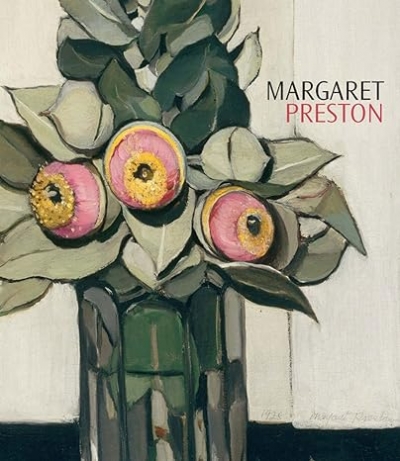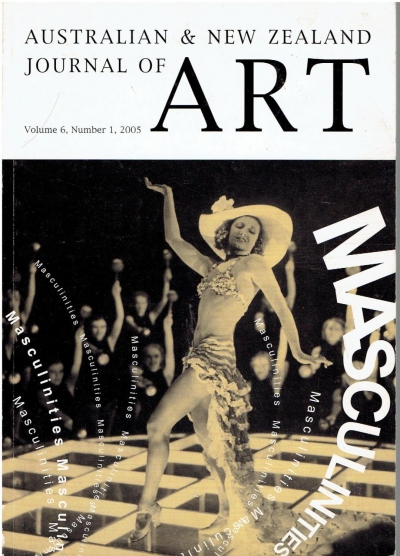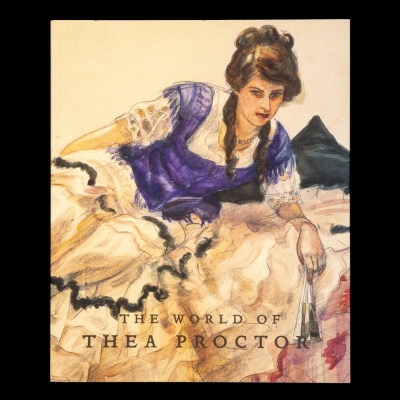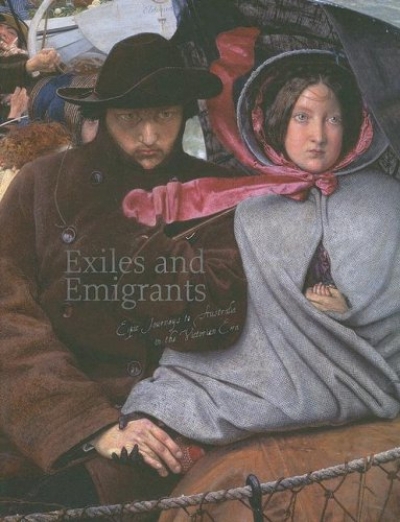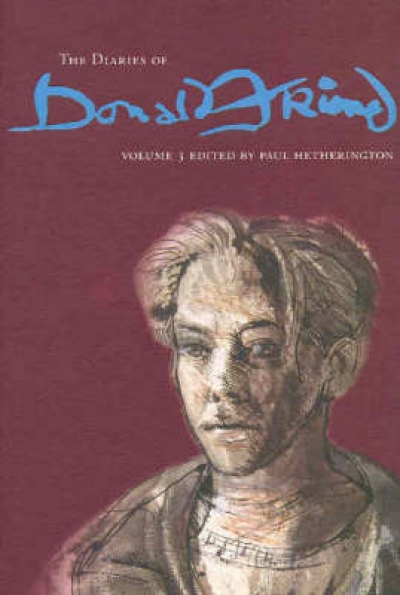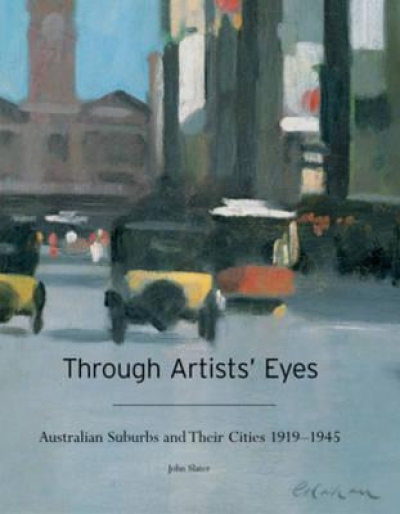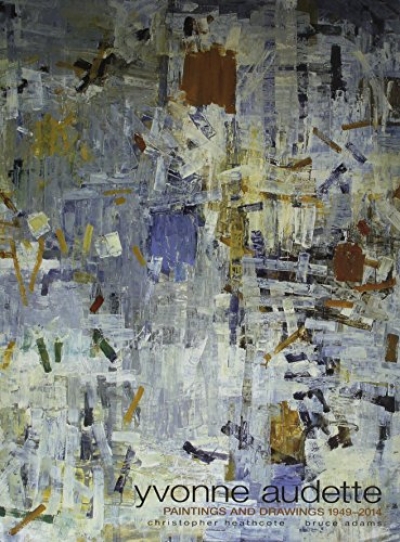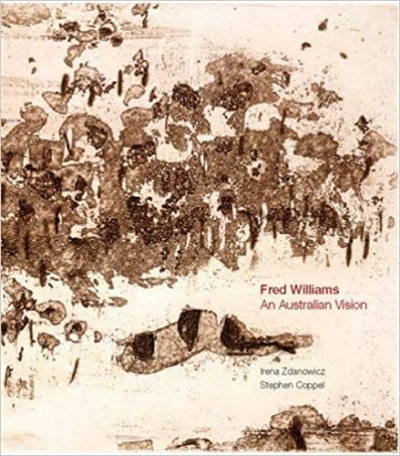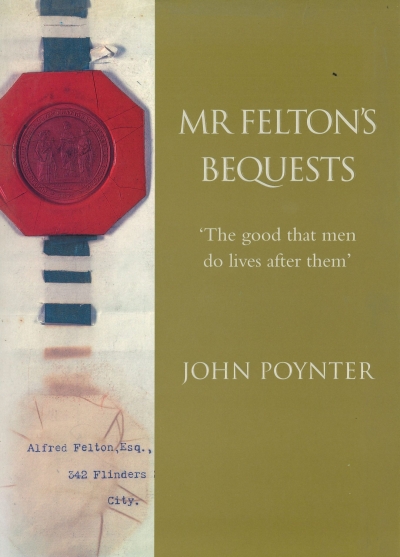Australian Art
Margaret Preston by Deborah Edwards (with Rose Peel et al.) & The Prints of Margaret Preston by Roger Butler
by Damian Smith •
Australian & New Zealand Journal of Art: Masculinities, vol. 6, no. 1, 2005 edited by Karen Burns et al.
by Catherine Bell •
The World of Thea Proctor by Barry Humphries, Andrew Sayers, and Sarah Engledow
by Caroline Jordan •
Exiles and Emigrants: Epic journeys to Australia in the Victorian era by Patricia Tryon Macdonald
by Daniel Thomas •
The Diaries of Donald Friend, Volume 3 edited by Paul Hetherington
by Ian Britain •
Through Artists’ Eyes: Australian Suburbs and their Cities, 1919-1945 by John Slater
by Daniel Thomas •
Yvonne Audette: Paintings and drawings by Christopher Heathcote, Bruce James, Gerard Vaughan and Kristy Grant
by Jason Smith •
Fred Williams: An Australian vision by Irena Zdanowicz and Stephen Coppel
by Sebastian Smee •

